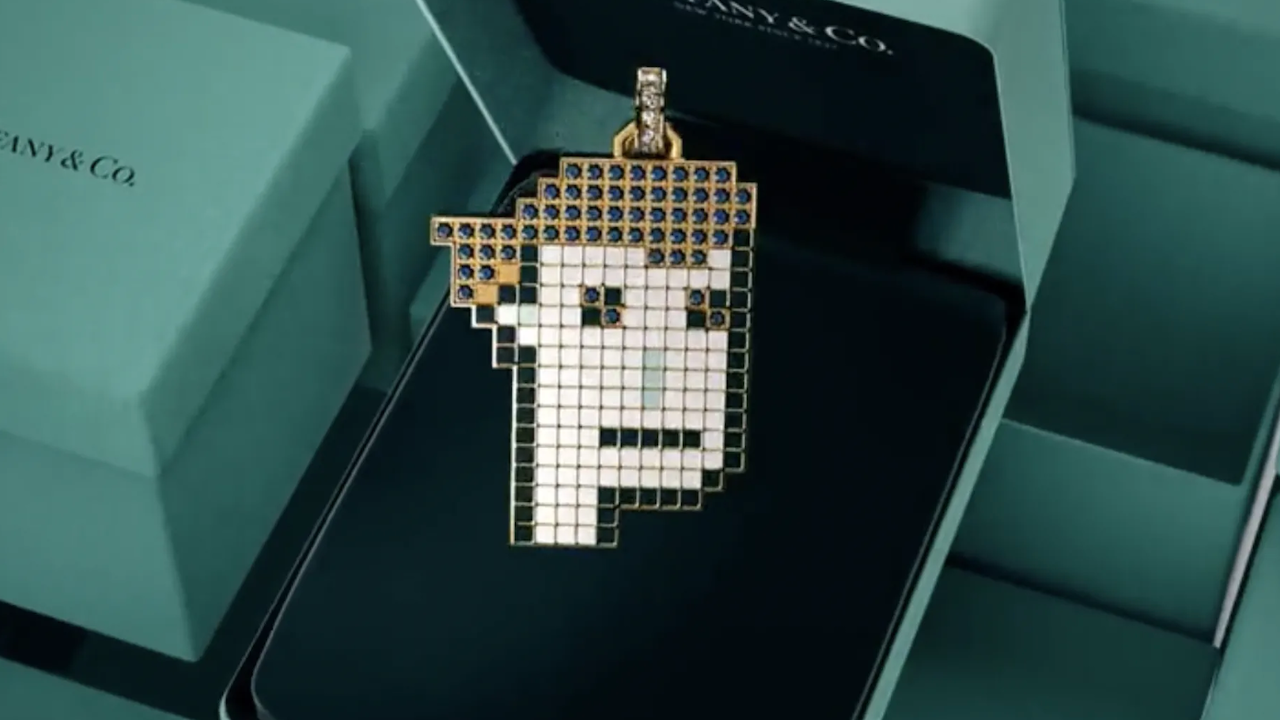In 2021, the fashion industry discovered NFTs. Within months, the craze took off, with brands big and small rushing into the exciting world of cryptocurrencies, metaverses, web3 and NFTs. But 2022 was a reality check for brands going all in on NFTs.
Throughout 2022, a series of market crashes, public scandals and general waning interest decimated the market for NFTs. The crash of major cryptocurrency exchanges and coins like Luna in August and, more explosively, FTX in November led to a precipitous fall in NFT prices linked to those currencies. CBS reported in the days after the FTX crash that an NFT collection by famed artist Damian Hirst had fallen 12% in price, in step with many other NFT collections decreasing in value.
The high-profile flaming out of major crypto markets went a long way toward spooking the average consumer away from NFTs, as did the plethora of stories of people losing their life savings on bad NFT investments.
But even beyond the immediate fallout from crashes, NFT prices were trending down, in general, all year. In October of 2022, NFT sales were down by more than 90% in nearly every metric — including volume and price — compared to the year before. Trading volume on OpenSea, one of the biggest markets for NFTs, dropped from $3 billion in September of 2021 to $350 million in September of 2022.
In part, this can be attributed to the fact that NFTs, as they’ve been used so far, have little practical value. While the technology has implications for uses from authentication to price setting for real products, they’ve mostly been used in the last two years as speculative assets, or items to be bought and sold on their own as done by brands like Givenchy, Gucci and Burberry. While lucrative at first, the limits of NFTs as an asset may have been reached.
Instead, 2023 will likely see brands looking for other, more practical ways to use NFTs. There’s already evidence showing brands are starting to think this way: Many, including Rebecca Minkoff and Karl Lagerfeld, are using NFTs as tokens that grant access to pre-release sales or in-person events. Sneaker brands like New Balance and Nike are using them as tools to track and authenticate physical products.
Michelle Cordeiro Grant, founder of underwear brand Lively and beverage brand Gorgie, and host of the “Web3 with MCG ” podcast, said it’s this practical future for NFTs that she’s most excited about.
“The perception [of web3] has been that it’s just buying and selling these bro-ey NFTs. But there are a lot more possibilities here beyond that,” Cordeiro Grant said. “Ultimately, NFTs can create transparency in how something is sold. It’s utopian, but we could one day trade physical goods and use NFTs to track the prices. I’m excited for something more like Web2.5, where there’s the merging of physical goods with blockchain technology.”
Get news and analysis about fashion, beauty and culture delivered to your inbox every morning.

